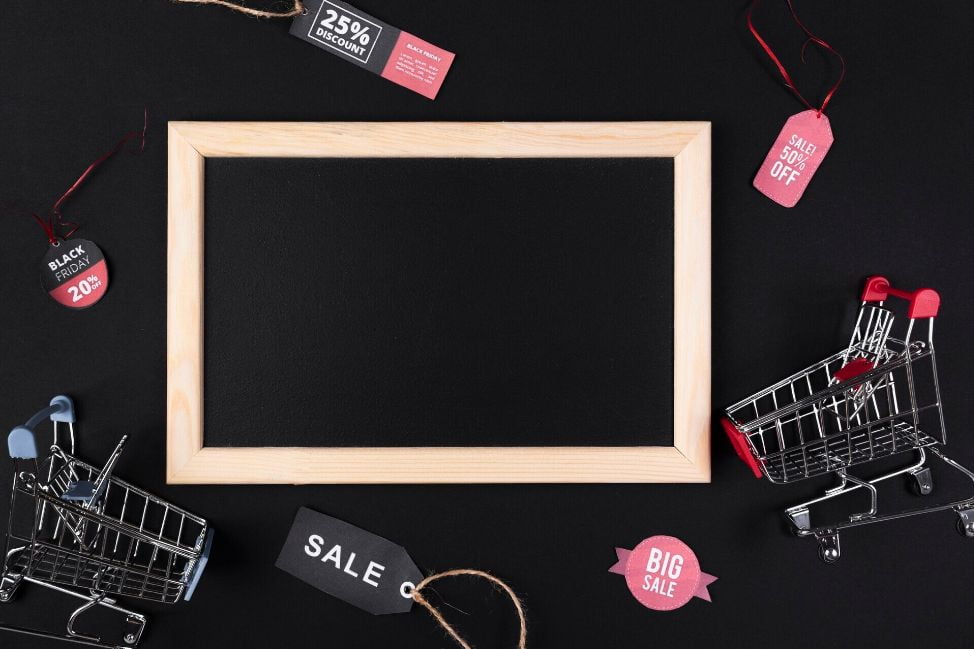Statistics show that online stores have to deal with around 206 thousand attacks every month. Fraudulent orders, without a doubt, are a nightmare for every merchant. In the previous article, we’ve discussed different signs of fraud, including incompatible customer information, a large number of orders, suspicious international orders, and many more. Today, we’ll talk about strategies you can apply to protect your store from being damaged by fraudsters.
1. Install an address verification service
The address verification service is provided by major credit card processors to ensure the authenticity of the card owner. Basically, the service scans the billing address submitted by the cardholder during check-out and compares it with information from the issuing bank. A code will be returned to the system during the verification process, enabling it to decide whether to approve, accept or decline the transaction. Once you request this from the payment providers, it will run automatically to save you from potential fraud.
2. Require credit card security verification
Credit card security is a three or four-digit number printed at the back of a credit or debit card. Being able to fill this figure means that the cardholder is in physical possession of a valid card. In other words, no fraudulent orders are happening. Different providers have different ways of referring to this number, such as:
- CVV2 for VISA card
- CVC 2 for MasterCard
- 4-digit CID for American Express
After that, the system will return an announcement whether the transaction is succeeded or declined. This security number will prevent you from potential credit card fraud and increase the chance of safe payment.
3. Ensure your PCI compliance
PCI stands for the payment card industry. The PCI standard is a set of rules applied for all organizations and merchants that accept, transmit and store card data, with the view to ensuring a safe online transaction environment.
Generally, there are 4 levels of compliance under PCT DSS. However, the definition of each level varies among card providers.
- Level 1: Merchants that process over 6 million Visa transactions per year
- Level 2: Merchants that process from 1 million to 6 million Visa or MasterCard online transactions per year.
- Level 3: Merchants that process from 20,000 to 1 million Visa or MasterCard online transactions per year.
- Level 4: Merchants that process less than 20,000 Visa or MasterCard online transactions or up to 1 million transactions per year.
To achieve this compliance, you have to fulfill certain requirements such as the self-assessment questionnaire (SAQ), report on compliance (ROC), quarterly network scan, and so on. Yet this compliance is mandatory for online operation. Therefore, make sure to complete the assessment to protect yourself and your customers.
4. Double-check your customer information
When an order is suspicious of fraud, the first thing you should do is to double-check your customer information. If the name, email address, billing address, etc go hand in hand with each other, the order may be valid. One quick way is to examine the compatibility between the IP address and billing address. Each computer goes with a distinctive public IP address used to identify different devices while communicating on the Internet. This enables you to track down the city or region from which your customer is making a purchase. If it does not match the address of the credit card, then you should be alerted.
5. Use automated detection solutions
With all the verification and security code, everything seems good enough. However, given the complicated nature of the internet, it’s better to beware of fraudulent orders early. This can be done by integrating an automation platform into your store.
This kind of software not only allows for automating repetitive tasks but also helps identify suspicious orders. Then you’ll have time to take a look at suspicious orders and deal with them more effectively.
Set up a workflow to send an internal alert when there is an order with an abnormally large value. Say that you receive a $500 order, which might be good. However, if your average order value is approximately $70, you certainly should be concerned. 
How Atom8 Can Help Prevent Fraudulent Orders?
Managing a BigCommerce store involves constant vigilance against fraudulent orders, which can drain resources and damage customer trust. Atom8 – Bigcommerce Automation‘s features provide a comprehensive solution to this issue by:
- Auto-Detecting High-Risk Orders: Atom8 can identify and flag orders with unusually large quantities or high values, reducing the risk of fraud.
- Order Tagging: Automatically tag suspicious orders for further review, streamlining your process.
- Real-Time Notifications: Receive instant alerts about flagged orders, allowing for quick action.
- Custom Workflows: Set up workflows to handle flagged orders, such as changing order status or sending alerts to your team.

In conclusion, safeguarding against fraudulent orders is paramount for any business operating on BigCommerce. Implementing robust strategies is essential to mitigate risks and protect against potential losses. With solutions like Gritglobal and the BigCommerce Automation app, merchants can effectively combat fraudulent orders. By leveraging advanced features and functionalities, such as order verification protocols and automated fraud detection systems, businesses can fortify their defenses and ensure a secure and trustworthy shopping experience for customers. Through proactive measures and vigilant monitoring, merchants can confidently navigate the eCommerce landscape and safeguard their operations against fraudulent activities, fostering trust and loyalty among their customer base.









